Kinhtedothi- In the context of urbanization, large cities face many challenges, such as traffic congestion, environmental pollution and lack of green space, so urban renovation and beautification not only aims to improve the quality of life but also aims at sustainable development.
Urban renovation and beautification ensure suitability with reality
The provisions in Article 20 of the 2024 Capital Law aim to remove obstacles for relevant parties in urban renovation and beautification, such as: the State, investors, and people within the scope of urban renovation and beautification, ensuring compliance with the reality and specific factors of the socio-economic situation of the Capital.
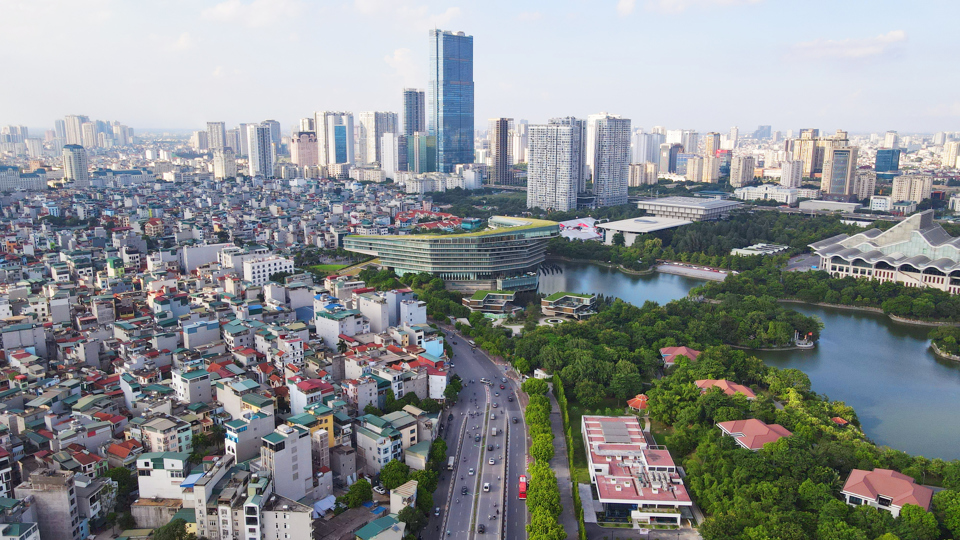
According to the provisions of Article 20 of the 2024 Capital Law on urban renovation and beautification:
1. Urban renovation and embellishment in the city must comply with planning, regulations on architectural management and urban design; protect cultural, historical, natural, architectural and landscape heritages of the capital; ensure standards and norms on construction, fire prevention and fighting; enhance urban amenities and improve the living environment for residents in the renovated and embellished areas.
2. Urban renovation and beautification in the city is implemented according to the project including:
a) Project to reconstruct a specific urban area, except for urban development projects oriented towards public transport;
b) Project to renovate a building or a group of buildings in a specific area;
c) Project to protect and restore a construction or a group of constructions or areas with cultural, historical, natural, architectural, or urban landscape values;
d) Mixed renovation and embellishment project is a construction investment project that may include new construction works, renovation, embellishment, reconstruction, protection and restoration works.
3. Urban renovation and beautification in the city is carried out in the following cases:
a) Urban areas with construction works whose structures and distances between works do not ensure standards according to regulations of law on construction and law on fire prevention and fighting;
b) Urban areas with dangerous, degraded, or collapsing construction works that must be demolished according to the provisions of the law on construction and the law on housing; areas with traffic infrastructure that does not meet traffic safety requirements according to the provisions of the law on traffic;
c) Urban areas do not ensure sufficient standards and regulations on technical infrastructure and social infrastructure of residential units and do not have enough land to develop additional technical infrastructure and social infrastructure;
d) Urban areas that are not in accordance with planning, regulations on management of architecture and urban design; urban areas with population quotas exceeding the standards and regulations of residential units that need to be relocated to reduce population density according to planning;
d) Urban areas with valuable architectural works, historical - cultural relics, and scenic spots that need to be protected and restored, but have surrounding construction works that are not suitable for protection;
e) Urban areas with headquarters of agencies, units, and facilities that must be relocated according to the provisions of law, and production, business, and service establishments that pose risks or allow incidents to occur that endanger the health and lives of people.
4. Homeowners and land users in urban areas have the right to propose urban renovation and beautification projects when all homeowners and land users within the boundaries of the proposed urban renovation and beautification project agree to contribute land use rights and readjust land according to the provisions of the law on land.
In this case, urban renovation and beautification must be established as an urban renovation and beautification project, by an enterprise that is unanimously selected by the homeowners and land users as the investor. The investor is responsible for establishing detailed planning, urban renovation and beautification project, submitting it to the City People's Committee for approval and implementing the urban renovation and beautification project, ensuring compliance with the approved planning.
In case homeowners and land users contribute land use rights to expand land funds for public purposes not for business purposes serving urban renovation and beautification and do not choose the investor themselves, the competent state agency shall perform the role of project investor.
5. For areas falling under the cases specified in Clause 3 of this Article where there is no urban renovation or embellishment project implemented in accordance with the provisions of Clause 4 of this Article, the City People's Committee shall be responsible for specifically identifying areas in need of urban renovation or embellishment; organizing the public announcement of areas in need of urban renovation or embellishment, together with information on location, boundaries and architectural planning indicators according to the approved zoning plan to call for investment. In case there is only 01 investor meeting the conditions for inviting interest, the investor shall be approved as the investor in accordance with the provisions of the law on investment; in case there are 02 or more interested investors, a bidding process shall be conducted to select investors in accordance with the provisions of the law on bidding.
The selected investor is responsible for making detailed plans and urban renovation and beautification projects, including compensation, resettlement, plans for handling public assets, and sharing benefits from organizing urban renovation and beautification.
Detailed planning projects and information on proposed urban renovation and embellishment projects must be publicly announced in the renovation and embellishment project area and on mass media and will only be approved if 75% of home owners and land users, equivalent to at least 75% of the renovation and embellishment area, agree.
6. In urgent cases where urban renovation and beautification are needed and investors cannot be selected according to the provisions of Clause 4 and Clause 5 of this Article, the City People's Committee shall reclaim the land, organize compensation, support, resettlement and organize auctions of land use rights. The amount of money collected from the auction of land use rights is larger than the amount spent on compensation, support and resettlement and shall continue to be divided and paid to the homeowners and land users whose land has been reclaimed. The use of the auctioned land must be consistent with the planning and goals of urban renovation and beautification.
7. For old apartment buildings in apartment complexes or urban areas, the renovation and reconstruction of old apartment buildings according to the provisions of the law on housing can only be carried out when it is in accordance with urban planning and the requirements for urban renovation and beautification for the entire apartment complex.
8. For valuable architectural works with multiple owners, the City People's Committee shall allocate funds according to the procedures of the law on state budget to support construction quality inspection; support individuals and organizations in urban renovation and beautification.
9. The City People's Council has the following responsibilities:
a) Detailed regulations on clauses 2, 3, 4, 5, 6 and 7 of this Article;
b) Regulations on the responsibilities of investors and owners in inspecting the quality of apartment buildings to implement urban renovation and beautification projects;
c) Decide on support mechanisms for inspection, relocation, compensation, resettlement, career conversion, and implementation of urban renovation and beautification projects;
d) Prescribe measures to support and encourage urban renovation and beautification.
10. The City People's Committee has the following responsibilities:
a) Organize the establishment, appraisal and approval of urban renovation and beautification projects;
b) Issue regulations on management of valuable architectural works, which specifically stipulate requirements, conditions, measures for protection, renovation, management, exploitation and use of valuable architectural works;
c) Decide on the auction of the right to lease old villas and houses belonging to public property not used for residential purposes to develop tourism, service business, cuisine, promote culture and art associated with the commitment to preserve, renovate and maintain the works.
11. The City People's Committee decides to establish, regulate the organization and operation of the Fund for preserving the historic inner city areas of the Capital.
The Capital's Historic Inner City Conservation Fund is a non-budgetary state financial fund, with charter capital supported by the state budget. The Fund's revenue is formed from sponsorship, voluntary contributions, and entrusted capital from domestic and foreign organizations and individuals; and other legal financial sources outside the state budget.
The fund for preserving the historical inner city area of the Capital is used to support programs, projects, and non-project activities to carry out urban renovation and embellishment associated with the preservation, restoration, rehabilitation and promotion of cultural and historical values of the historical inner city area; and the restoration and rehabilitation of valuable architectural works in the City outside of the state budget expenditure tasks.
Create a breakthrough mechanism, mobilize maximum resources to develop the capital
At the scientific workshop "Implementation of the Capital Law No. 39/2024/QH15: some theoretical and practical issues" organized by the Hanoi Party Committee, People's Council, and People's Committee in coordination with the Editorial Board of the Communist Magazine, the Hanoi Department of Construction contributed opinions and discussions on "Urban renovation and embellishment, implementing Article 20 of the Capital Law 2024".
According to the Hanoi Department of Construction, in recent times, the Hanoi Party Committee, People's Council and People's Committee have regularly paid attention to and closely directed the renovation and restoration of old houses, old villas and other architectural works built before 1954 in the city (such as Resolution No. 17/2013/NQ-HDND, dated July 23, 2013, issued by the City People's Council on a number of measures to renovate and rebuild old apartment buildings and degraded old houses; renovate and restore old houses, old villas and other architectural works built before 1954 in the city; Resolution No. 24/2013/NQ-HDND, dated December 4, 2013, of the City People's Council on the list of typical old streets, ancient villages, traditional craft villages, old villas, other architectural works built before 1954 and intangible cultural heritage in the capital that need to focus resources on preservation). and promote cultural values; Program No. 10-Ctr/TU, dated March 17, 2021, of the Hanoi Party Committee on "Improving the effectiveness of corruption prevention and control; practicing thrift and combating waste in the period 2021 - 2025" (The City People's Committee issued Decision 1216/QD-UBND, dated April 8, 2022, on the topic "Solutions to promote the management and use of public villas built before 1954 in Hanoi in the period 2021 - 2025").
Along with that, create a breakthrough mechanism, mobilize maximum resources for the development of the Capital, to promptly institutionalize viewpoints and development orientations, effectively exploit potentials and strengths, and bring the Capital to continue to develop rapidly and sustainably; strongly decentralize and delegate power, promptly remove difficulties and obstacles in practical implementation, as well as overcome the shortcomings of the 2012 Capital Law. Especially Program No. 03-CTr/TU of the Hanoi Party Committee on "Urban beautification, urban development and urban economy in the period of 2021-2025", including the content of renovating and rebuilding old apartment buildings, old degraded houses; renovating and restoring old houses, old villas and other architectural works built before 1954 in the city.
According to the Hanoi Department of Construction, in order to improve the quality of life, renovate living space, improve infrastructure, create a cleaner and safer living environment for people; develop the economy to improve the urban appearance to attract investment, tourism and create job opportunities; preserve culture, maintain and promote historical and cultural values in urban planning, it is necessary to consider the following factors: Synchronous planning: there needs to be a detailed plan for urban planning, including traffic infrastructure, parks, entertainment areas, and public spaces; Sustainable development: integrating environmental protection factors, using renewable energy, and managing water resources; Community participation: encouraging people's participation in the planning and renovation process, listening to their opinions to meet practical needs.
Regarding the current situation and challenges : Urban overload: many cities are facing traffic congestion, environmental pollution, and lack of infrastructure; Difficulty in site clearance: this process often encounters many obstacles, leading to slow progress; Lack of financial resources: investment in urban renovation requires large resources, while the budget may be limited.
There are preferential policies to encourage investment in urban renovation.
Regarding solutions and proposals : For works managed by the state: Priority is given to preserving old villas and other architectural works built before 1954 with historical, cultural and architectural value, which have been assessed by competent authorities and classified into groups 1 and 2. Priority is given to old villas and other architectural works built before 1954 that are state-owned; villas in the list of villas that cannot be sold, villas managed, owned and used by 1 owner; villas currently used as headquarters and embassies.
Priority is given to old villas and other architectural works built before 1954 located in locations (such as street corners, squares, areas with good visibility...) that can create highlights for the urban landscape; on streets that are typical of a period (streets with many old villas and architectural works built before 1954); works with large land areas, open surfaces, trees, gates, fences; not covered, exposed in the first layer.
Hanoi allocates part of the budget from the Capital Heritage Protection and Cultural Development Fund to preserve and renovate old villas and other architectural works built before 1954 under the city's management (in the immediate period of 2022-2025, implementing Program No. 03-CTr/TU, dated March 17, 2021, of the Hanoi Party Committee on urban beautification and urban economy of Hanoi, the city allocates budget to renovate and preserve 32 villas and 10 other architectural works; budget for surveying and assessing the quality of 1,216 old villas; budget for establishing records, 3D for 222 group 1 villas and management software for 1,216 old villas; budget for creating a list of other architectural works built before 1954).
For old villas and other architectural works built before 1954 under private ownership: Encourage population dispersion in villas, encourage the consolidation of old villas to one owner according to the provisions of law; support resettlement housing or financial support for households and individuals, encourage and create conditions for organizations, households and individuals to demolish and remove additional construction areas within the garden land and vacant land of villas (especially the facade of old villas).
Encourage owners and users to self-fund conservation and renovation; receive preferential loans from commercial banks and corporate income tax reductions similar to the mechanism for renovating old apartments. Receive corporate income tax reductions when preserving and renovating old villas and other architectural works built before 1954.
Other support mechanisms of the city : Hanoi invests funds to conduct surveys and evaluate the quality of old villas and other architectural works built before 1954; Central agencies and the city support the provision of documents and records to determine the origin, ownership, management, use, renovation and repair process of old villas and other architectural works built before 1954. Agencies support administrative procedures in consulting, designing, appraising and approving the conservation and renovation of old villas and other architectural works built before 1954. Strengthening public-private partnership (PPP): encouraging investment from the private sector in urban renovation projects. Applying information technology: using technology to manage smart cities, improve traffic, and reduce pollution. Developing support policies: introducing preferential policies to encourage investment in urban renovation.
According to the Hanoi Department of Construction, urban renovation and beautification is not only necessary to improve the lives of residents but also the responsibility of all levels of government, businesses and the whole society. To be successful, consensus and determination from all relevant entities are needed.
Source: https://kinhtedothi.vn/cai-tao-chinh-trang-do-thi-theo-quy-dinh-cua-dieu-20-luat-thu-do-2024.html


![[Photo] Prime Minister Pham Minh Chinh chairs a special Government meeting on the arrangement of administrative units at all levels.](https://vphoto.vietnam.vn/thumb/1200x675/vietnam/resource/IMAGE/2025/5/9/6a22e6a997424870abfb39817bb9bb6c)
![[Photo] Magical moment of double five-colored clouds on Ba Den mountain on the day of the Buddha's relic procession](https://vphoto.vietnam.vn/thumb/1200x675/vietnam/resource/IMAGE/2025/5/9/7a710556965c413397f9e38ac9708d2f)
![[Photo] Russian military power on display at parade celebrating 80 years of victory over fascism](https://vphoto.vietnam.vn/thumb/1200x675/vietnam/resource/IMAGE/2025/5/9/ce054c3a71b74b1da3be310973aebcfd)
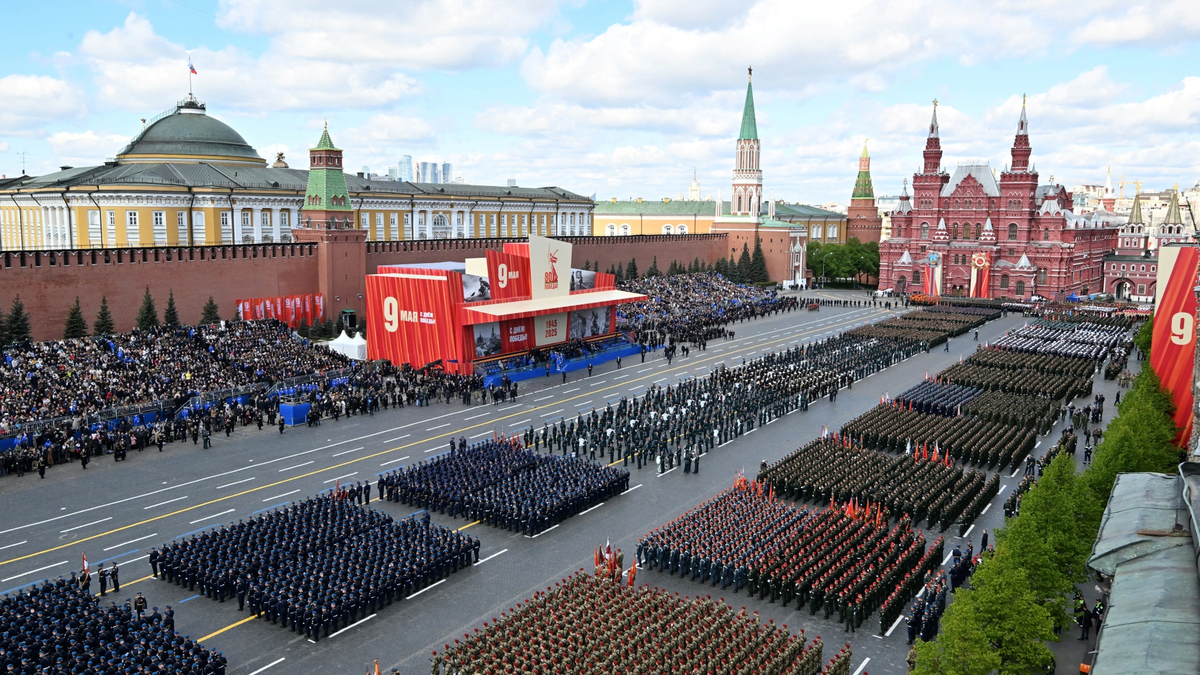

![[Photo] General Secretary To Lam and international leaders attend the parade celebrating the 80th anniversary of the victory over fascism in Russia](https://vphoto.vietnam.vn/thumb/1200x675/vietnam/resource/IMAGE/2025/5/9/4ec77ed7629a45c79d6e8aa952f20dd3)
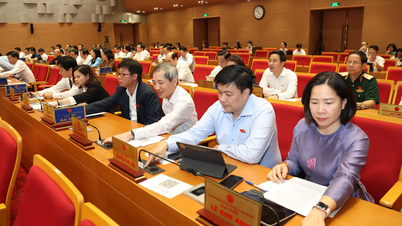



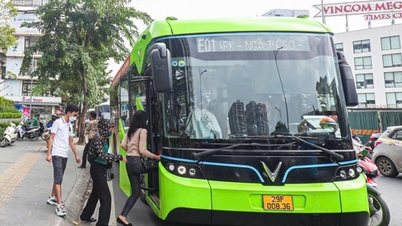


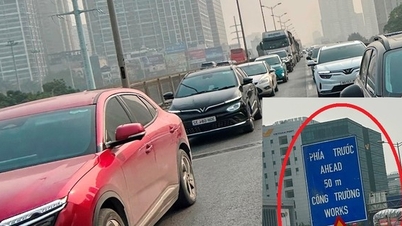
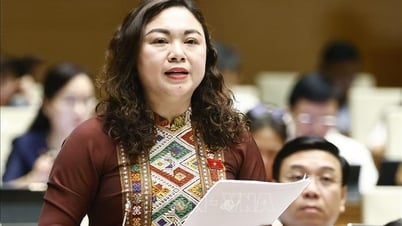
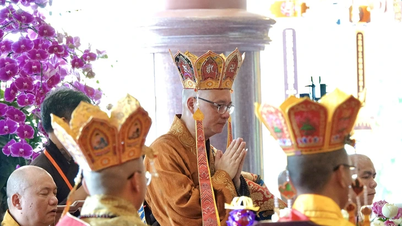
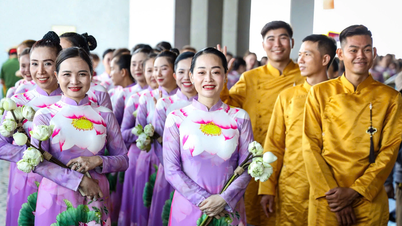

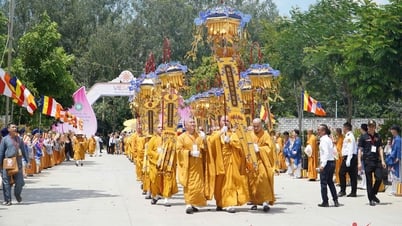
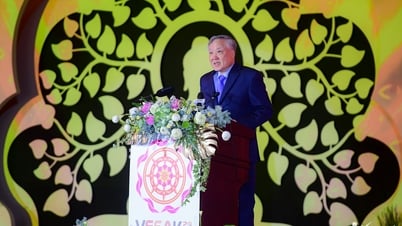





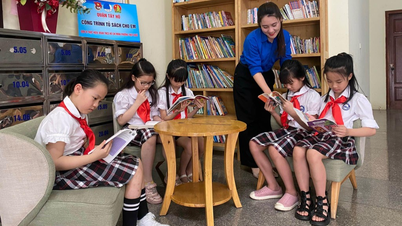
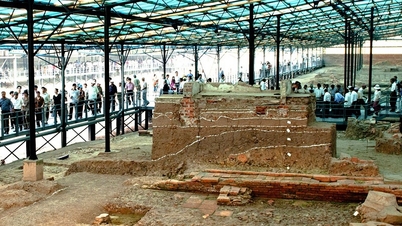
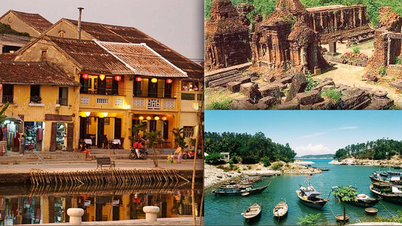
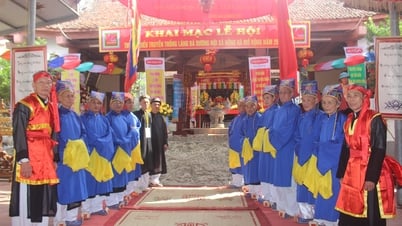

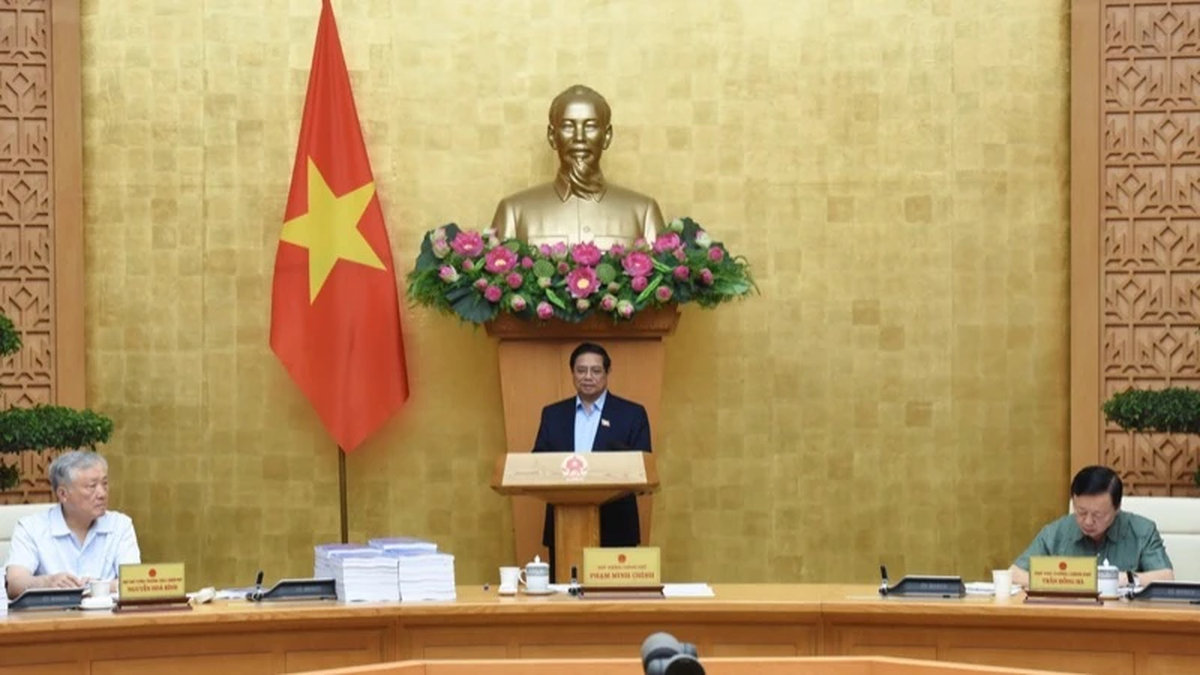
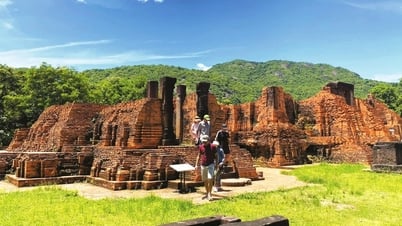

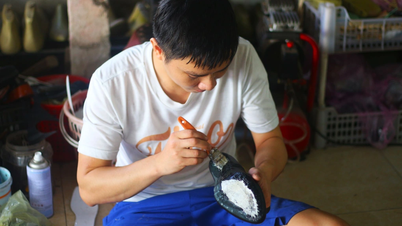

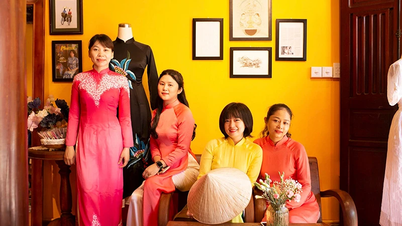

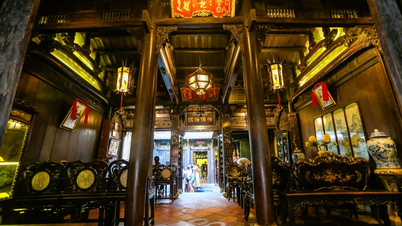
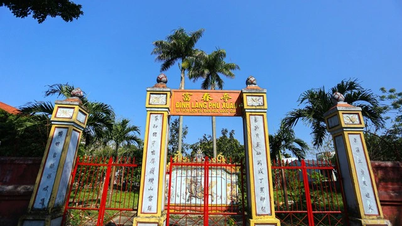

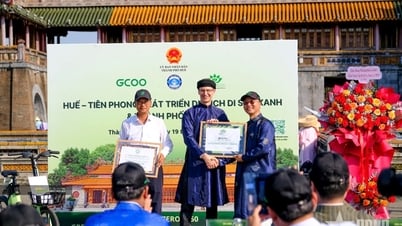

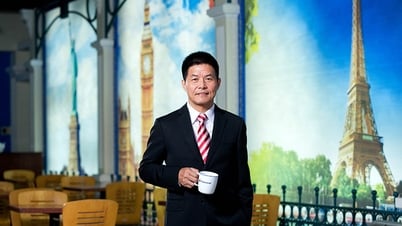



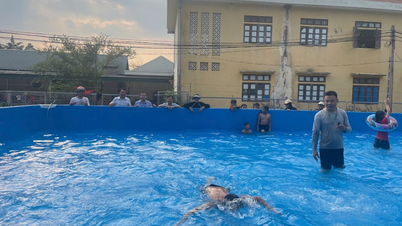












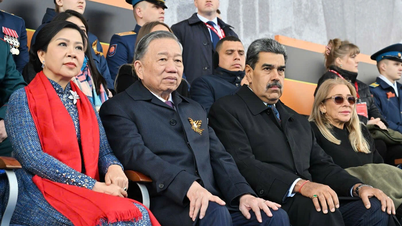
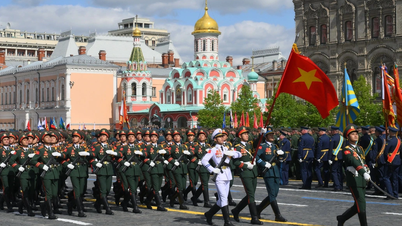

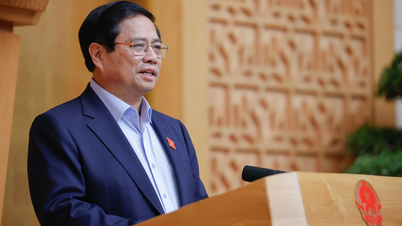
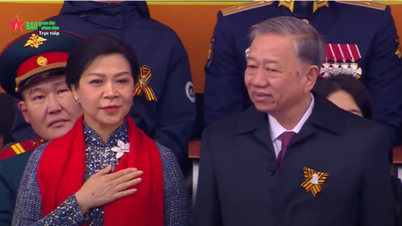


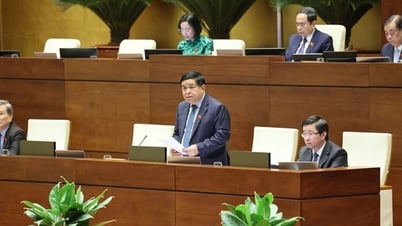

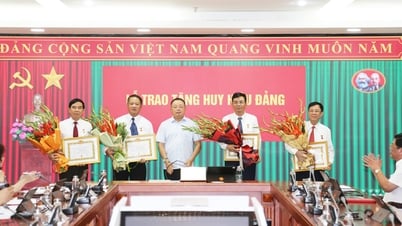

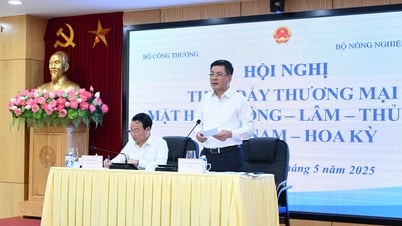



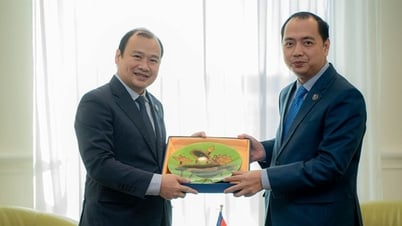
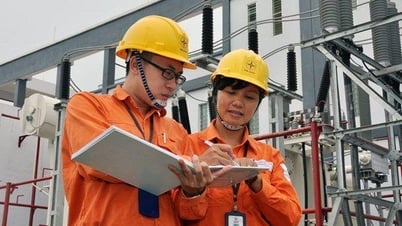
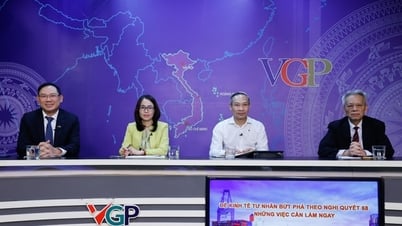



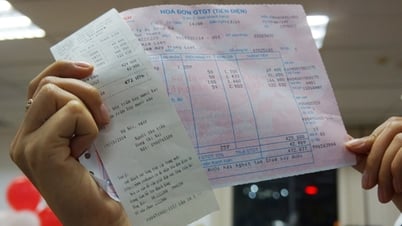



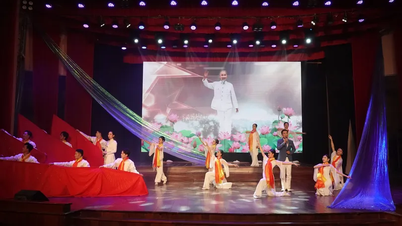

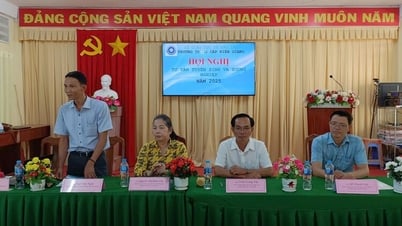










Comment (0)